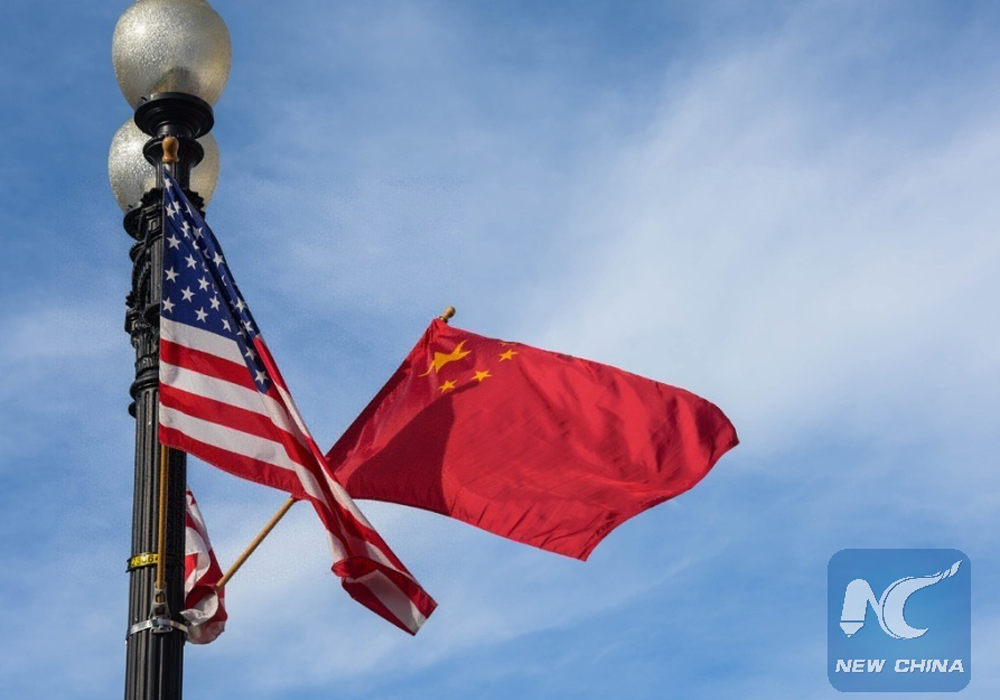Ask a grain market analyst what impact the United States-China trade pact will have on grain and oilseed prices and you’re likely to get the same answer Dave Reimann provided.
“I don’t know,” said the Cargill analyst.
That is because precious little is known about the two-year deal.
The only tidbit offered by U.S. Trade Representative Robert Lighthizer is that China has agreed to buy US$40 billion to $50 billion of U.S. agricultural goods per year over the next two years.
Read Also

Crop quality looks good this year across Prairies
Crop quality looks real good this year, with the exception of durum.
That is well above the previous high of $28.7 billion set in 2012 and 2014.
But there is no indication whether the additional sales will be in soybeans, meat, tractors or other products, said Reimann.
“It’s really a tough read. I’d say it’s a little early to jump to too many conclusions until we see more detail,” he said.
Dan Basse, president of AgResource Company, said that might be wishful thinking.
“I’m pretty confident we will never know the details,” he said.
His contacts in Washington tell him they will not be announcing any tonnage commitments from China, just the overall dollar amount of the deal.
“They will be keeping track but there is no way for the industry to keep track,” said Basse.
There have been reports that China didn’t want the text of the trade deal made public.
Reimann said there is a sense of optimism in grain and oilseed markets surrounding the agreement.
January soybean futures were up 22 cents per bushel shortly after the announcement and that strength was spilling over into corn and wheat as well.
But for the most part, the market is waiting for details to emerge.
Has China committed to import a certain tonnage of U.S. soybeans?
Will China live up to its World Trade Organization commitment to allow 9.6 million tonnes of wheat to be imported at a one percent duty?
Will China stop restricting the flow of U.S. ethanol and distillers grain?
That cautious wait-and-see approach will likely dominate markets until China starts completing some transactions for U.S. soybeans and other products.
Basse doesn’t expect an increase in China’s overall soybean imports, just a shift in origin away from Brazil and toward the U.S.
That means U.S. soybeans will be trading at a premium to Brazilian beans instead of a discount.
Reimann said that could in turn lift canola prices. On the other hand, increased U.S. soybean exports could mean reduced Canadian canola demand from China.
He wonders how big of a commitment China made to importing U.S. soybeans, given the reduced demand for soybean meal from China’s hog sector due to African swine fever.
“If their demand was increasing it would maybe be a little more encouraging, but at this point we’re hoping just for demand to recover back to year-ago levels,” he said.
Basse thinks the deal could result in additional sales of U.S. wheat, corn, sorghum, ethanol and distillers grain.
The U.S. wheat sector hopes China will start living up to its WTO commitment to import 9.6 million tonnes of wheat a year at a one percent duty.
Reimann wonders if the agreement will allow U.S. wheat to trade into China at higher levels than global values.
“That is what everybody is hoping, but in my experience, the world doesn’t really work that way for very long,” he said.
Other wheat sellers will fill the voids in markets abandoned by U.S. wheat and that will eventually bring the market back into balance.
Basse said the funds that had sizable short positions in grain markets are now buying. But they are still being cautious because they realize that politics are still very much at play.
“The deal that was done on Friday (Dec. 13) could be undone as quickly as it was completed,” he said.
That is because it was not the traditional type of trade pact that requires congressional approval. It is instead a president-to-president type of deal that could be rescinded at any moment.
















